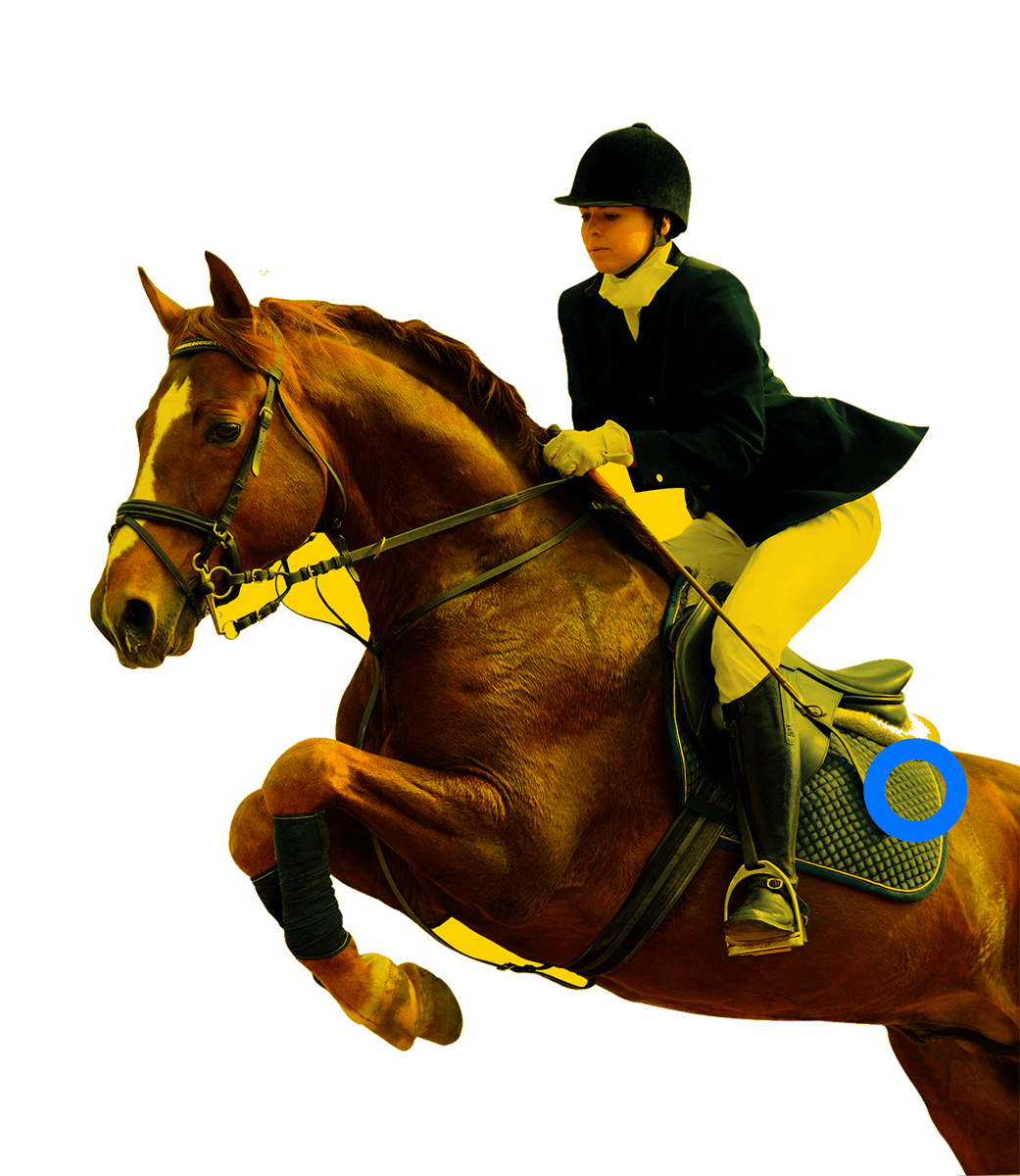Equestrian Jumping
Equestrian The Jumping discipline in Equestrian sports is a synchronization based on the horse's and rider's skills to jump over a series of obstacles. It is a combination of courage, control and technical skill. The discipline tests speed, power and control, while the horses and riders try to run a course with approximately 15 jumps without knocking any or commiting penaltiesThe winner is the pair that makes less penalties, in the least possible time. Jumping is one of the most popular equestrian disciplines around the world and in #Santiago 2023, it will offer a quota place for the next Paris 2024 Olympic Games.







